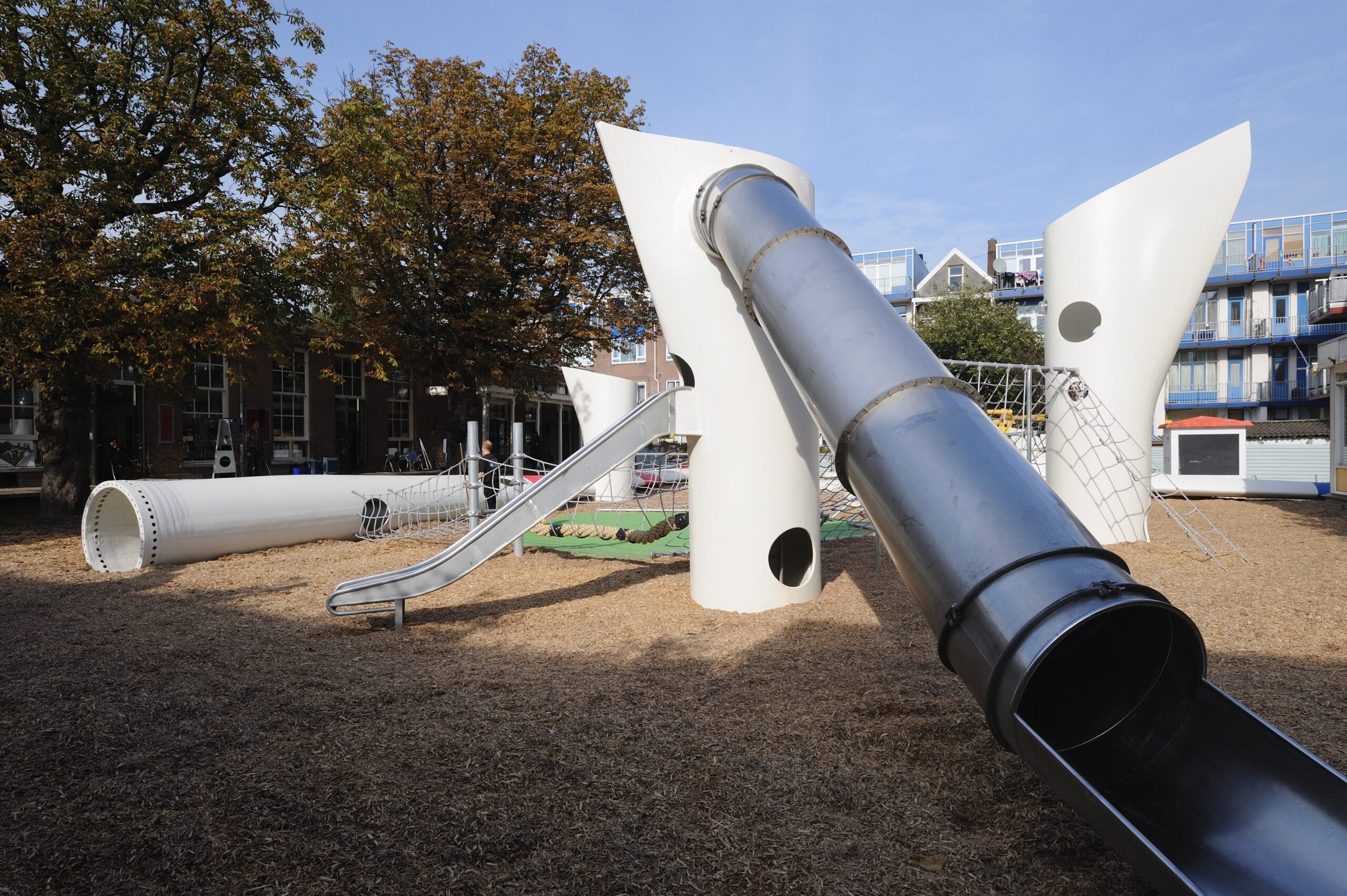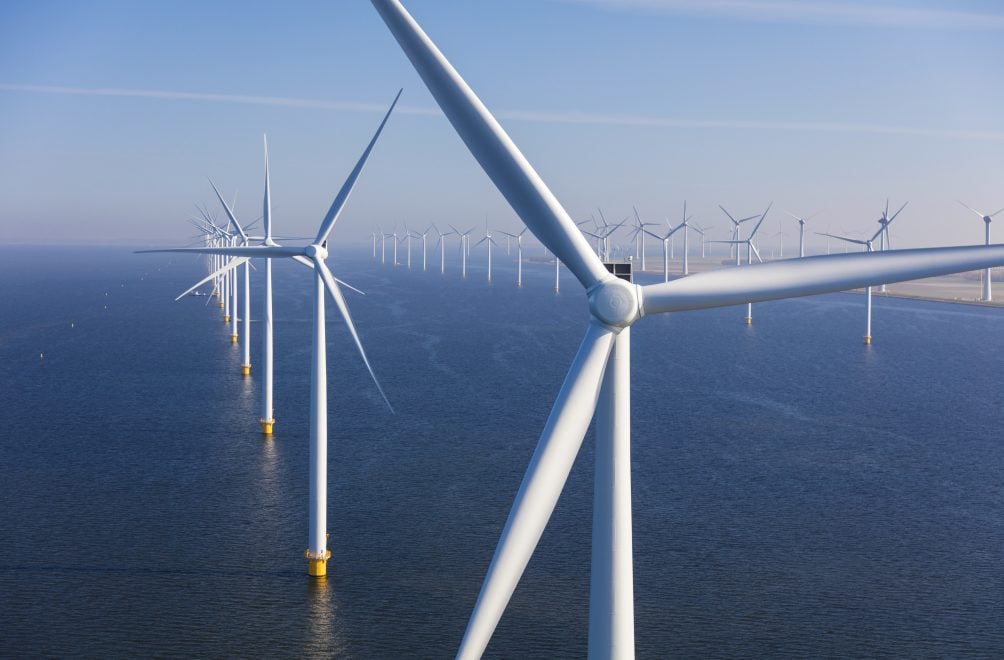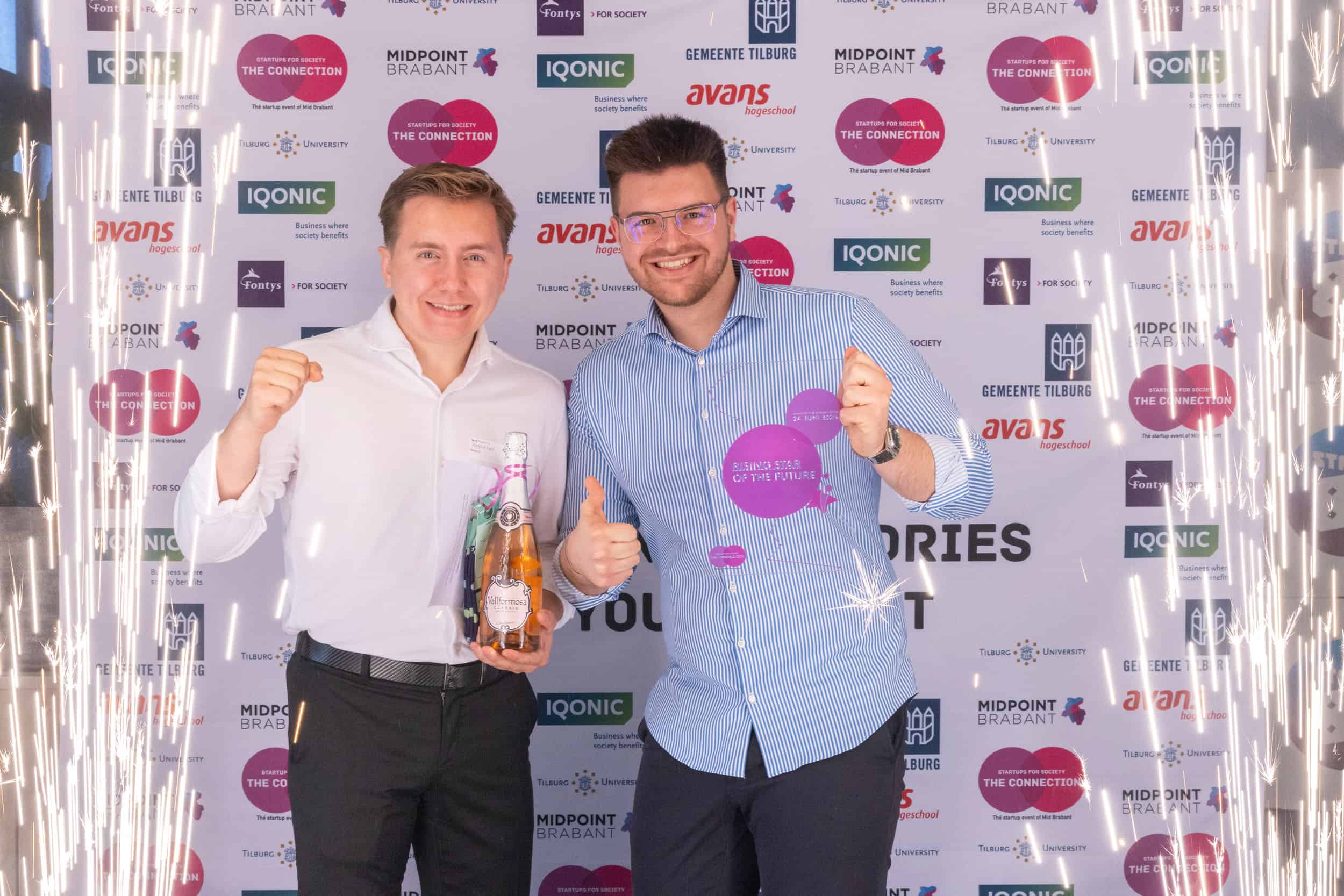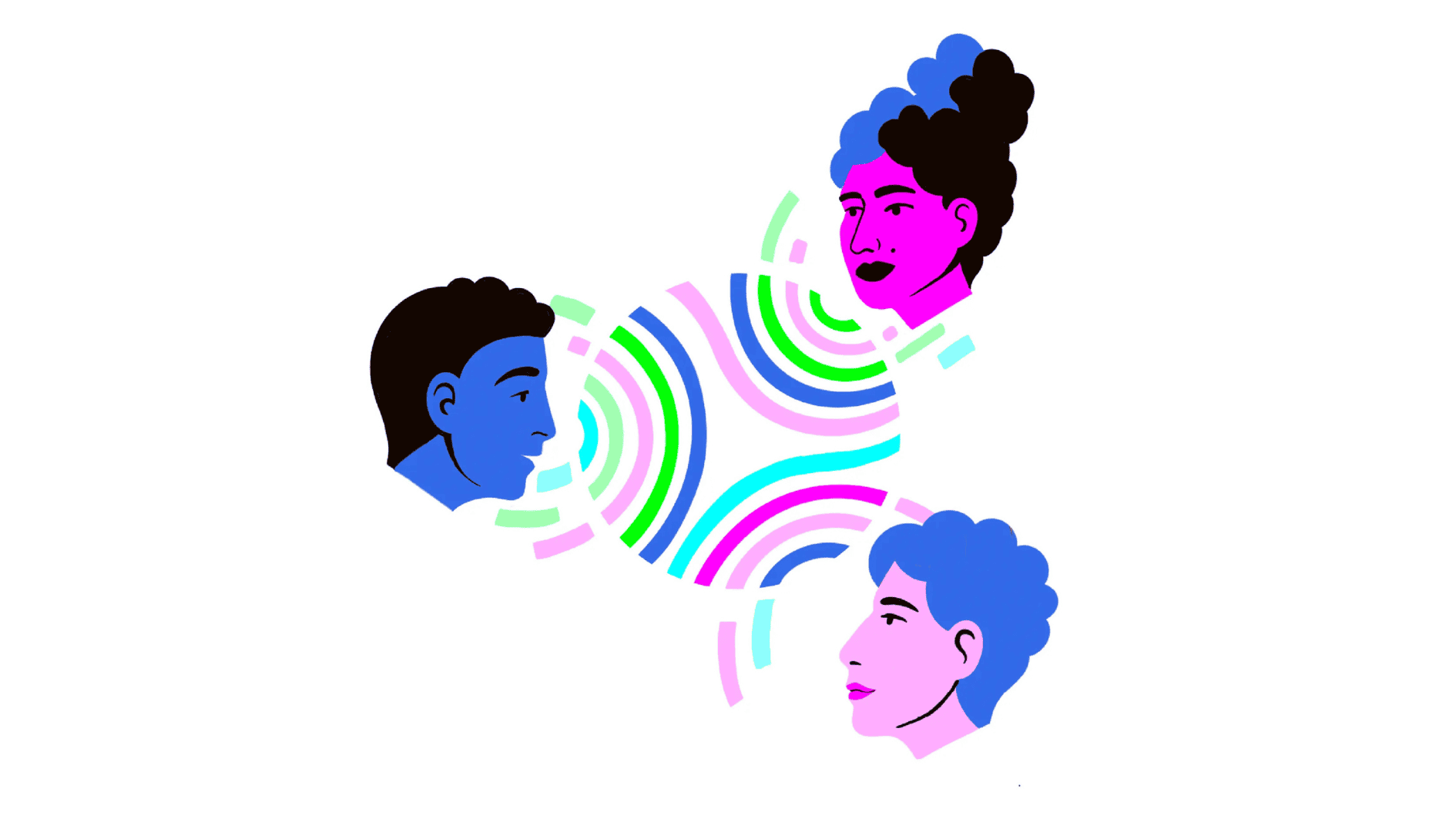
About Spoor
- Founders: Ask Helseth, Lorea Coronado-Garcia, Helge Reikerås.
- Founded in: 2020
- Employees: 20
- Money raised: €3.1 million
- Ultimate goal: Be the tool that can help biodiversity be measured and treated on the same scale as climate, by placing nature at the heart of the conversation.
Despite being crucial for supplying green energy, wind turbines can adversely affect bird migration and flying routes. Wind turbines can disrupt bird behavior, particularly when positioned on the flying paths of endangered species. One solution aimed at reducing the number of potential casualties has been to paint the blades of turbines a different color. Yet artificial intelligence (AI) does provide further insight into bird activity.
Spoor tracks birds’ spoor, using AI algorithms to detect, classify, and trace the presence of birds around wind farms. Thanks to their technology – which is already deployed on onshore and offshore systems – they are able to gather more information on flying patterns. This data can be used before turbines are installed or during their lifecycle. Lorea Coronado-Garcia has an extensive background in environmental sustainability and is one of the three co-founders of Spoor. She spoke to Innovation Origins about her company in this instalment of the Start-up of the day series.
What does Spoor do?
“We utilize computer vision and AI to track and identify birds on and around wind farms. In doing so, we are developing a comprehensive database on bird activity around wind turbines, using sophisticated software rather than bulky hardware. Our system has successfully tracked over 126,000 birds in approximately 18,562 monitoring hours.
How does your system work?
“We use off-the-shelf cameras, which are resistant to both onshore and offshore environmental conditions. We first connect to the video stream which is then processed by our software. At this stage, we review the footage to identify moving objects, pinpoint birds, and conduct further analysis on the identification of species or flight trajectories. We then process this data, comparing it with available weather information. This allows us to correlate precise bird activity in a range of climate conditions.
Our clients can see all data in real-time using a dedicated web app. In addition, we can also prepare comprehensive reports for them to submit when applying for construction permits to build new wind farms.”

How can they use your technology before the installation of turbines?
“One of the developments we are working on at the moment is collecting environmental data using floating buoys to survey offshore wind farms. We currently have a buoy waiting to be deployed for a new project in the North Sea. Similar solutions can be deployed for onshore ones as well.”

How do you make sure that connectivity is stable in remote areas?
“Processing information on site – by using edge computing – is one of the ways we try to manage poor connectivity in order to increase the speed of responsiveness for potential mitigation measures. This approach can also help reduce energy consumption that is needed for processing data.”
After collecting data, what can you do to keep wildlife safe? Can you slow down a turbine if needed?
“Yes, slowing down or stopping a turbine in reaction to a change in its immediate environment is called in the industry curtailment. We are currently working on developing this feature as well as the ability to integrate it with turbine operations. In other words, if we detect that a given species flying within a certain range of a turbine may be at risk of collision, we can transmit that info to the turbine. This feature is increasingly being requested by governments when authorizing new installations.”
Besides curtailment, what other functionalities are you working on?
“From next year on, we would like to be able to provide insights on bird-friendly wind farm designs. Simply put, we would use the data we collect to understand what design and operational setup can potentially minimize the negative impact on birds. Design here would mean where we could optimally locate turbines, and an operational setup could also entail curtailment.”
What other industries are you working with?
“Global research shows seabird populations have dropped 70 percent since the 1950s. Away from ocean shores, bird activity in general also impacts quite a few other industries on land. In airports, for instance, bird monitoring is not necessarily only about environmental impact but also a critical safety issue for aviation. Our monitoring and detection system could be highly effective at airports as well as on aquaculture farms where fish attract birds.”
What is next for you?
“Our focus is to grow within the wind industry, so we can ensure that we are able to support its scalability objectives. We also aim to seek new opportunities beyond wind where Spoor can make a difference, in an effort to continue on with our mission of enabling nature and industry to coexist. Toward the end of the year, we plan on bringing even more global investors on board, as a way to further support the international structure of our team, which is already quite diverse.”








